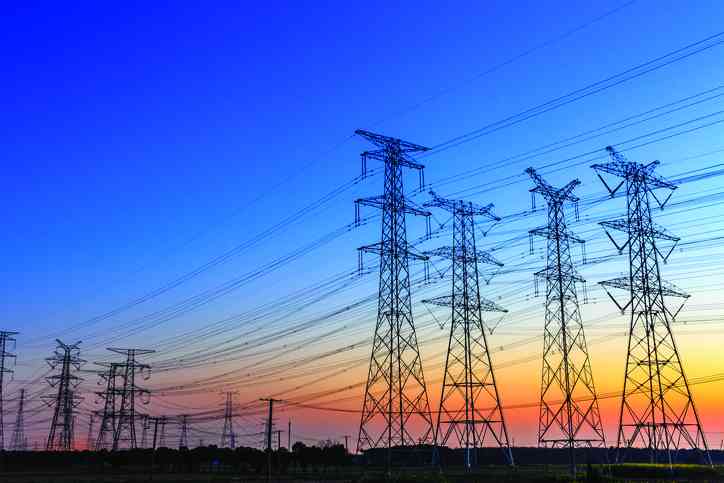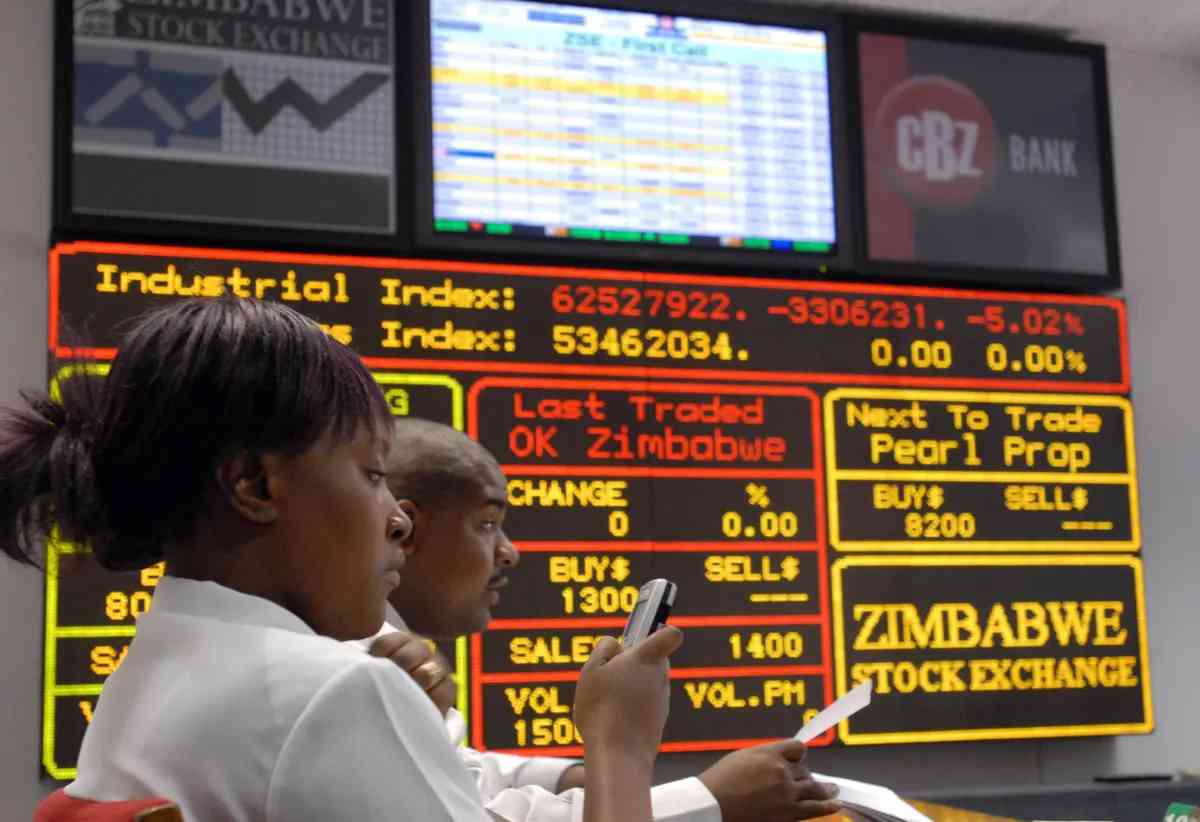
AS 2024 draws to a close, Zimbabweans are reflecting on a year marked by crippling power shortages that have brought the country’s economy and daily life to a standstill.
The power crisis, a long-standing issue, reached new levels this year, with widespread blackouts becoming the norm.
Power utility Zesa Holdings has struggled to meet national demand, blaming ageing infrastructure, lack of investment in new generation capacity, and a severe drought, which reduced water levels at Lake Kariba, home to the country's biggest hydro-power station.
This hydroelectric plant, which generates 1 050 megawatts (MW) of power, has been unable to operate at full capacity.
As a result, Zimbabwe endured up to 18 hours of daily power cuts in 2024, grounding 60% of industrial production time, according to the Zimbabwe National Chamber of Commerce.
The manufacturing sector has been one of the worst-hit, with companies forced to scale back operations and cut production hours. The crisis has severely affected ordinary Zimbabweans, many of whom rely on expensive diesel generators to power homes and businesses.
Despite the government commissioning Units 7 and 8 at Hwange Power Station in 2023 after a US$1,4 billion upgrade, the energy shortfall persists.
Breakdowns at the station due to antiquated infrastructure and poor maintenance have only exacerbated the problem.
- Low tariffs weigh down ZETDC
- ‘Systems disturbance hits Hwange Power Station’
- Zesa doubles power charges
- Kariba, Hwange power plants obsolete: Govt
Keep Reading
As the power crisis continues to affect every aspect of life in Zimbabwe, the government is under increasing pressure to find a solution.
While efforts are being made to increase power generation and reduce reliance on ageing infrastructure, it is clear that more needs to be done to address this crisis.
For millions of other Zimbabweans, the power crisis is more than just an inconvenience — it is a harsh reality that affects every aspect of their lives.
Diesel generator usage surge
The country's reliance on diesel generators has surged, with companies spending up to US$300 000 per month on fuel, making the cost of producing goods expensive and unsustainable.
Business executives warned that the on-going power crisis, driven by rolling blackouts implemented by Zesa, is crippling operations.
Simbisa Brands managing director Warren Meares told businessdigest that they were forced to adjust operating hours.
“We use between US$280 000 and US$300 000 on fuel per month,” he said.
“It is quite serious. But we are coming up with plans to see how we can move to gas and solar. We are running some tests to migrate to gas and solar.”
Confederation of Zimbabwe Retailers president Denford Mutashu said power cuts were strangling already struggling businesses.
“Businesses are sinking due to these numerous challenges,” he said.
Retail chain TM Pick n Pay used a staggering 2, 04 million litres of diesel at a cost of US$3 million to power their backup generators in 2023, according to its annual report.
“Diesel usage increased due to use of generators as a result of power outages affecting mostly the Harare branches,” the supermarket chain said in the report.
“A power fault at the Harare Street Supermarket led to heavy reliance on generator usage in December 2022.
“Two new branches, Madokero and Simon Mazorodze have been operating on generators since trading commenced in December 2022.”
Bakers’ Association of Zimbabwe president, Elvis Ncube, said the bakery sector consumes up to 100 000 litres of fuel per month. The increased reliance on diesel generators has also had a significant impact on the environment.
The use of generators has resulted in increased greenhouse gas emissions, contributing to climate change.
Hwange power station breakdowns
The breakdowns at Hwange Power Station have been particularly devastating.
Ageing infrastructure, poor maintenance, and inadequate funding have all contributed to the power station’s woes.
The impact has been felt across the country, with households, businesses, and industries all struggling to cope.
As Zimbabweans wait for a solution, they are forced to endure the harsh realities of life without reliable electricity supply.
This serves as a reminder of the urgent need for investment, maintenance, and reform to ensure a brighter future for the country. For now, both industries and consumers are in the belly of the beast.
Increased tariffs
Industries have also been hit by steep tariff hikes. A power tariff increase in November 2023 raised electricity costs by about 44%, pushing up operational costs by 15% for the mining sector.
Some mines have been forced to abandon expansion plans, unable to absorb escalating expenses, business leaders have warned.











